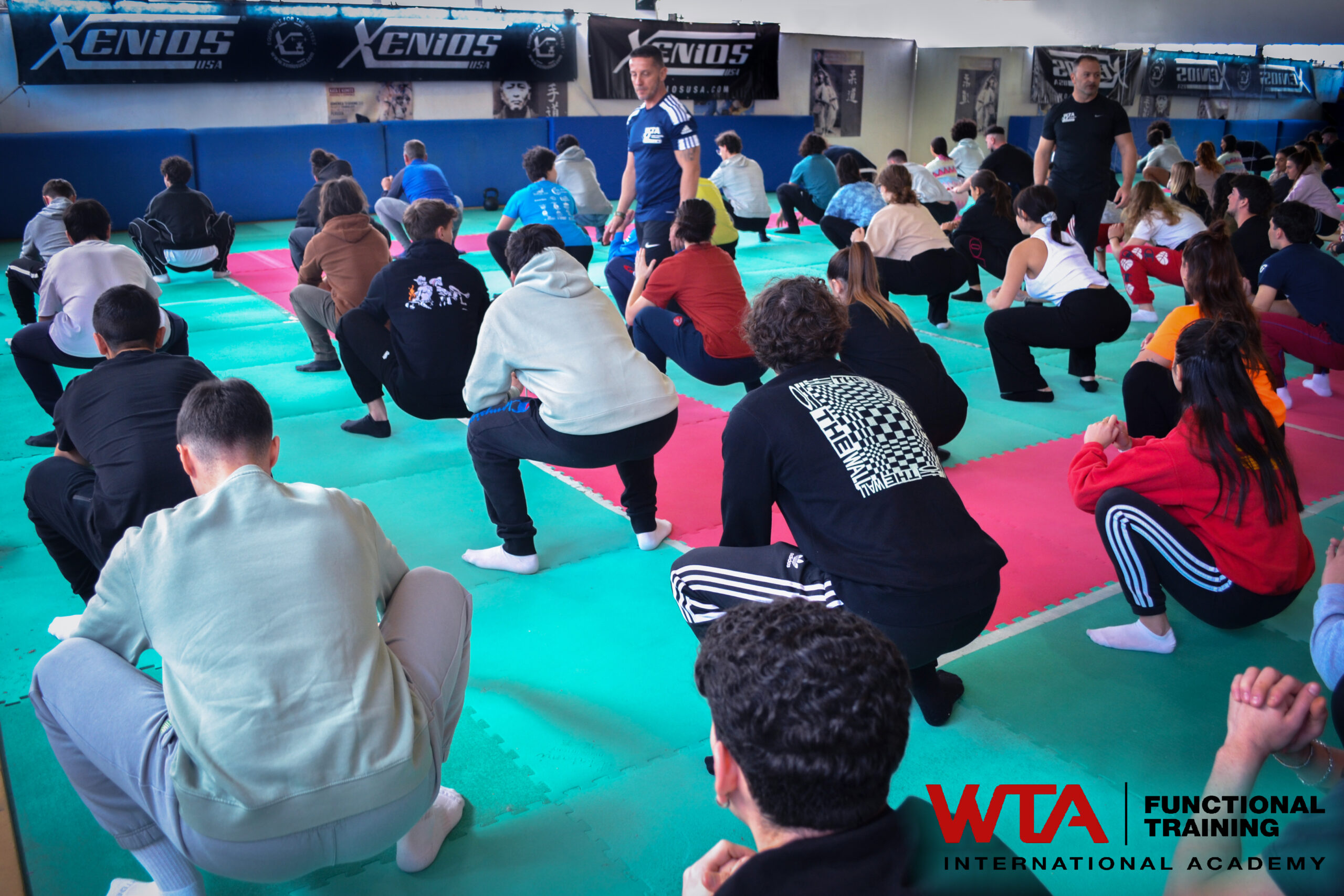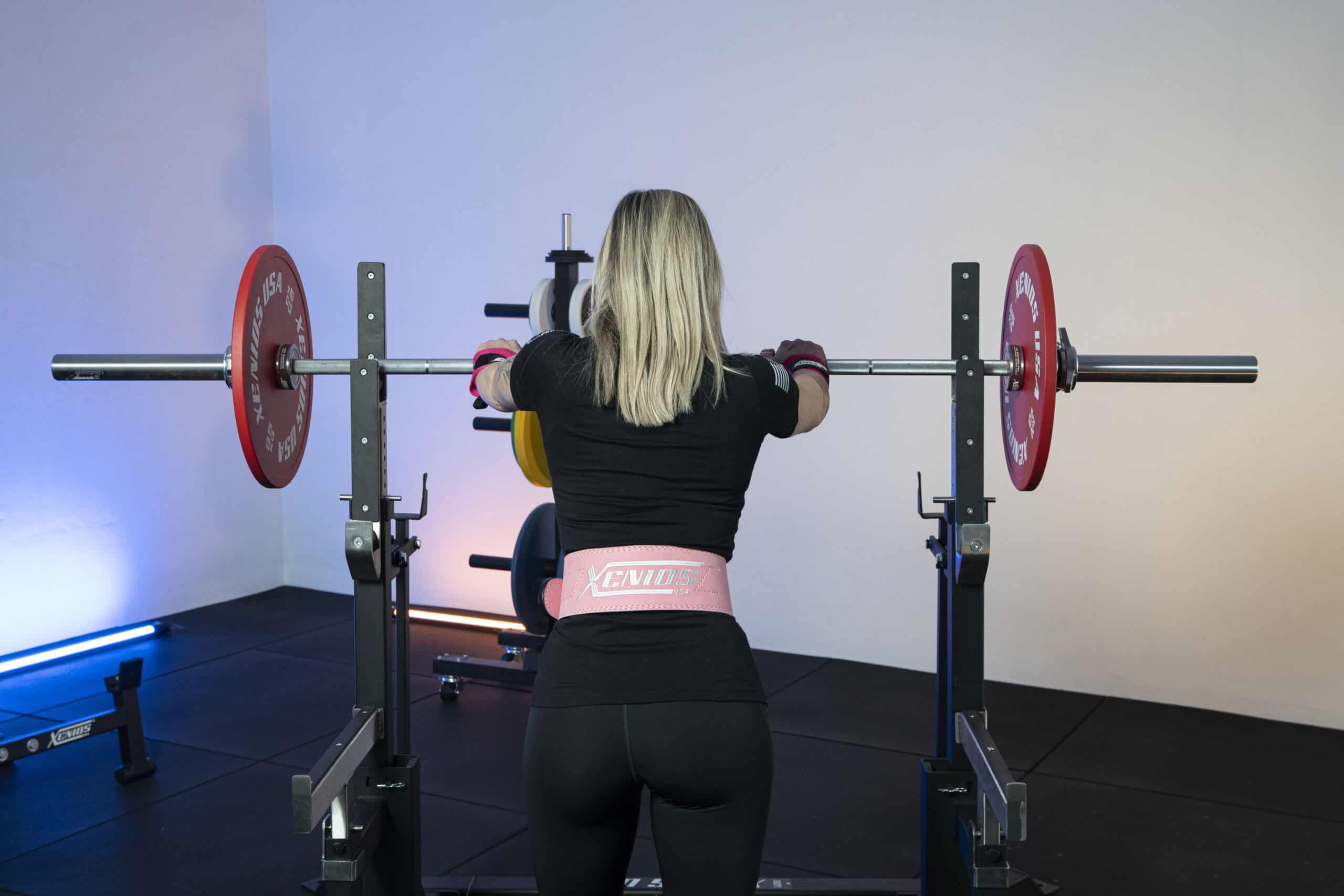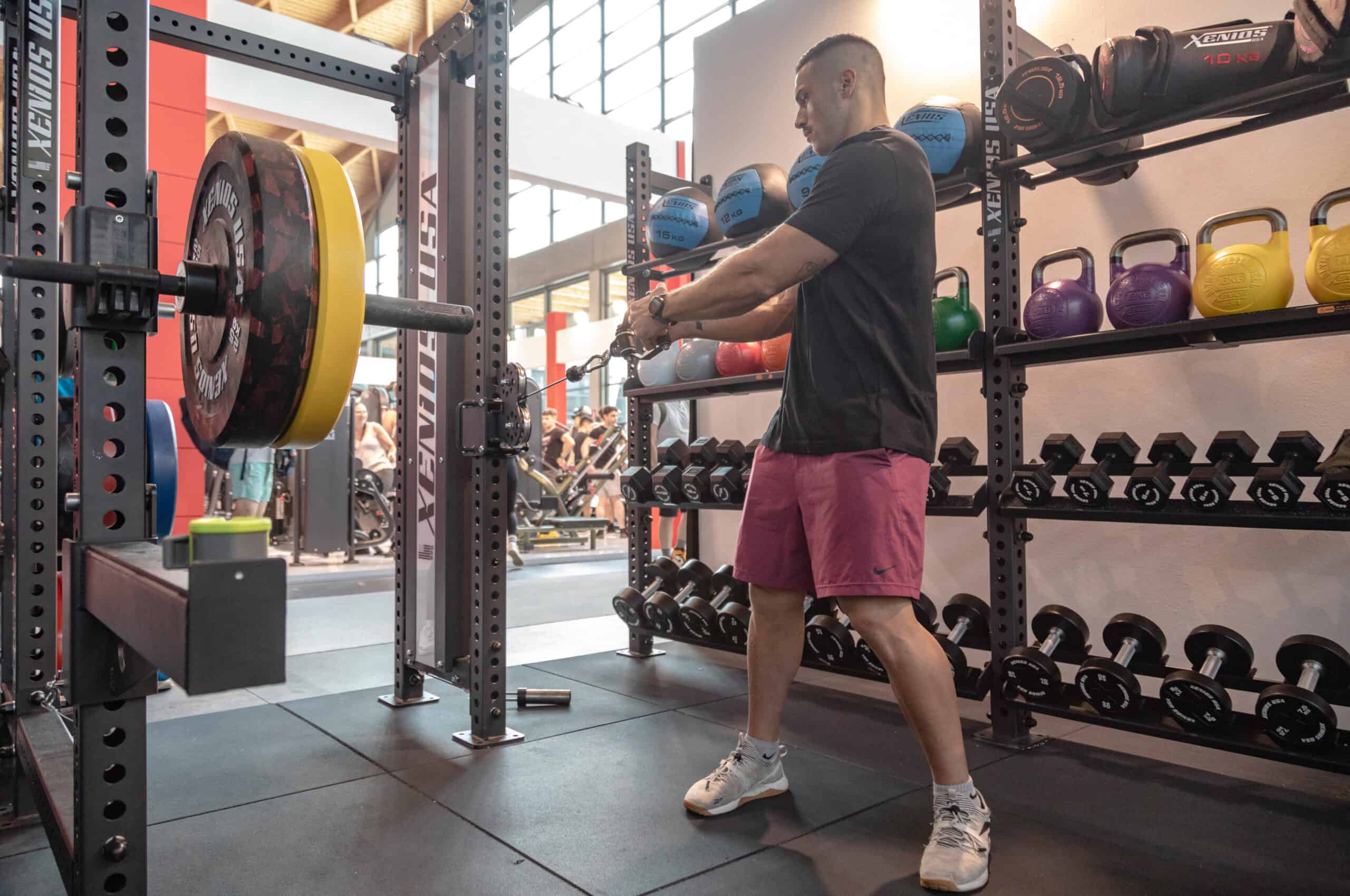Functional training is a term you often hear nowadays, as more and more people are getting into the gym through courses of this kind. Some appreciate it greatly, while others prefer something else: it all depends on the goals you aim to achieve.
Also known as functional training, this type of workout is based on the principle of functionality, from which it gets its name.
To be considered functional, exercises or workouts should either aim to make certain movements more effective and efficient or help address specific physical issues or just enhance mobility in certain aspects of the body.
What does functional training involve?
The efficiency and necessity of such workouts are quite specific, although in many situations they can be needed.
Indeed, functional exercises are characterized by their focus on core and stability, but this doesn’t mean they are suitable for the majority of athletes or equally applicable.
Indeed, to approach the world of functional training, it is important to consider the individual’s subjectivity.
That’s why it’s not correct to use the collective training of a global functionality.

First of all, because, as we mentioned, assembling a group of different individuals with varying characteristics and needs is counterproductive, as it would require adapting a common routine for everyone, which is incorrect and inconvenient for some individuals, such as professionals.
Secondly, making functionality global means standardizing fitness capabilities on the same level of both muscles and joints: this is also incorrect and risky.
Indeed, it is important to remember that the margin for improvement should be considered for anyone, regardless of their starting level and targeted goals; however, you can’t ignore the limitations of each individual, which are difficult to work on, whether they are sedentary or an athlete.
The importance of the functional concept in this type of gymnastics
The popularity of this type of training is not unfounded: this specific category of exercises comes with benefits, but you need to know how to attain them.
To appreciate its nature and efficiency, it is essential to adopt a functional mindset before approaching these classes or lessons.
In order to understand what is being said, let’s follow an example: that of pull-ups, also known as pronated grip pull-ups.
This type of exercise is truly functional for very few types of athletes, probably only for climbers.

A coach could structure this training with a progressive approach: starting with negative pull-ups, then using resistance bands, and so on…
Instead, for the nature and purpose of these workouts, it would be appropriate to understand the reasons behind the limited functionality of the pull-up, which involves humeral adduction and extension and forearm flexion.
Indeed, even with a progressive training approach to increase potential, if you don’t understand why this movement isn’t fully functional for the athlete, the effort and dedication put into doing the exercises won’t be truly functional either.
Positive aspects of functional training
Once we’ve listed the characteristics of this type of fitness and clarified that functional training is not necessarily functional for everyone, let’s now state what the advantages, the positive aspects, of this approach are.
Indeed, an athlete who regularly practices functional or pseudo-functional activities will certainly experience several benefits.
A first advantage is the increase in the athlete’s overall athletic versatility, making them more “athletic”, as it focuses on improving the mind and body’s ability to interact with the environment.
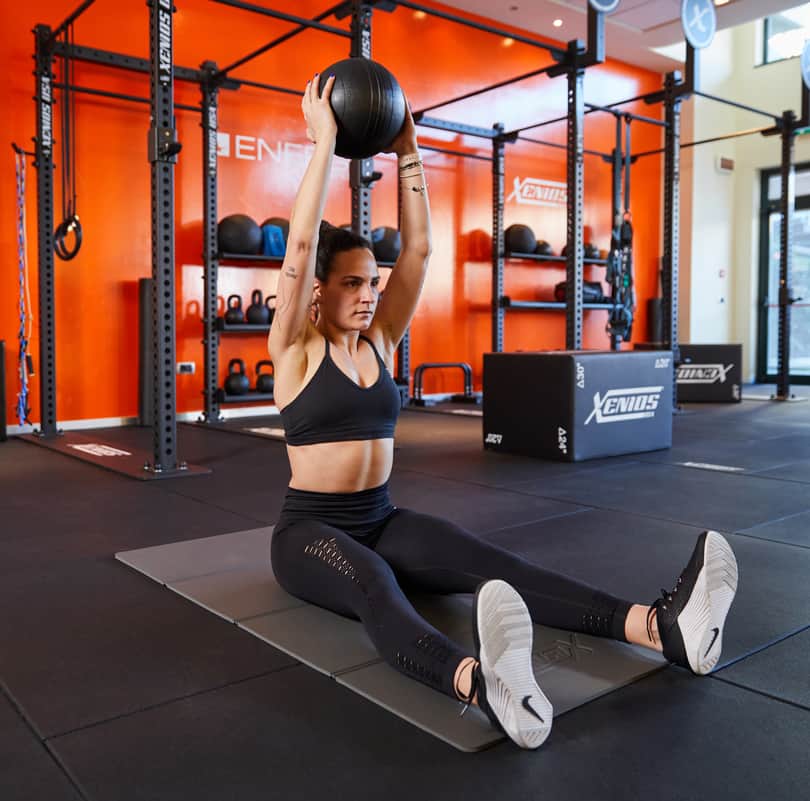
Coordination capacities will be developed very specifically; simultaneously stability and core strength, both muscular and in terms of respiration, will be improved.
A consequent benefit of this type of exercises is to increase muscle flexibility as well as joint mobility.
Additional benefits to consider definitely include many others, even moving away from those related to physical functionality, focusing more on aesthetic aspects, such as improvements in metabolic parameters, weight loss, …
Functional training: various types of workouts
There are numerous types of exercises that fall into this category, because each of them focuses on specific body parts and particular muscle areas.
Each of them, to work on specific body parts, requires specific positions, in which you need to maintain a stable structure to engage the muscles.

Regardless of the type of exercise performed, common improvements include muscle control, enhanced balance, inter and intramuscular coordination, and more, in addition to the specific muscle groups targeted by each exercise.
There are also types of exercises aimed at increasing strength, strengthening secondary muscles, and achieving complete body stability.

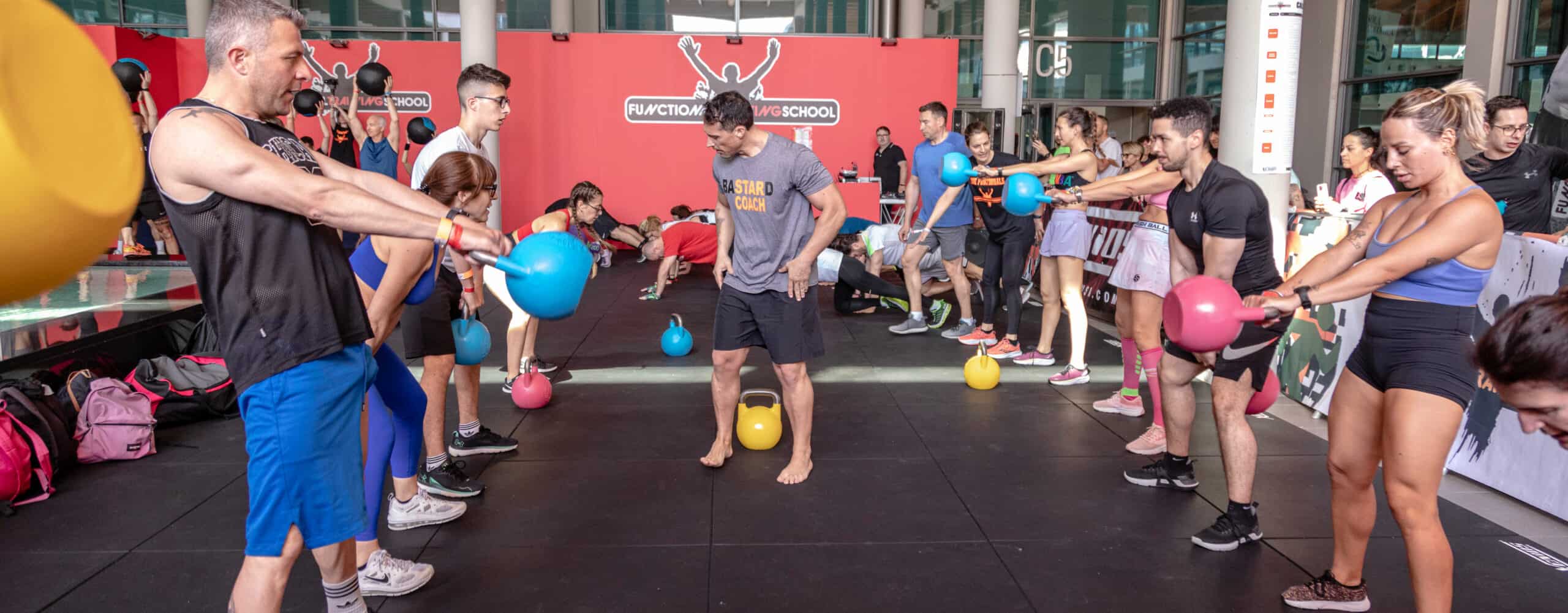

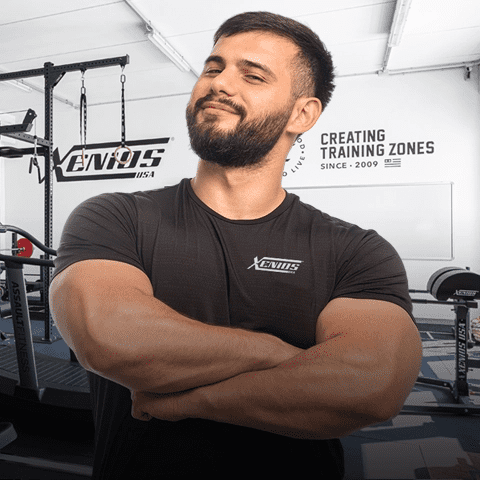
 Since 2009, we’ve been by your side, helping you create the perfect training spaces for Cross Training Boxes, Personal Trainer Studios, and professional Home Gyms.
Since 2009, we’ve been by your side, helping you create the perfect training spaces for Cross Training Boxes, Personal Trainer Studios, and professional Home Gyms.
